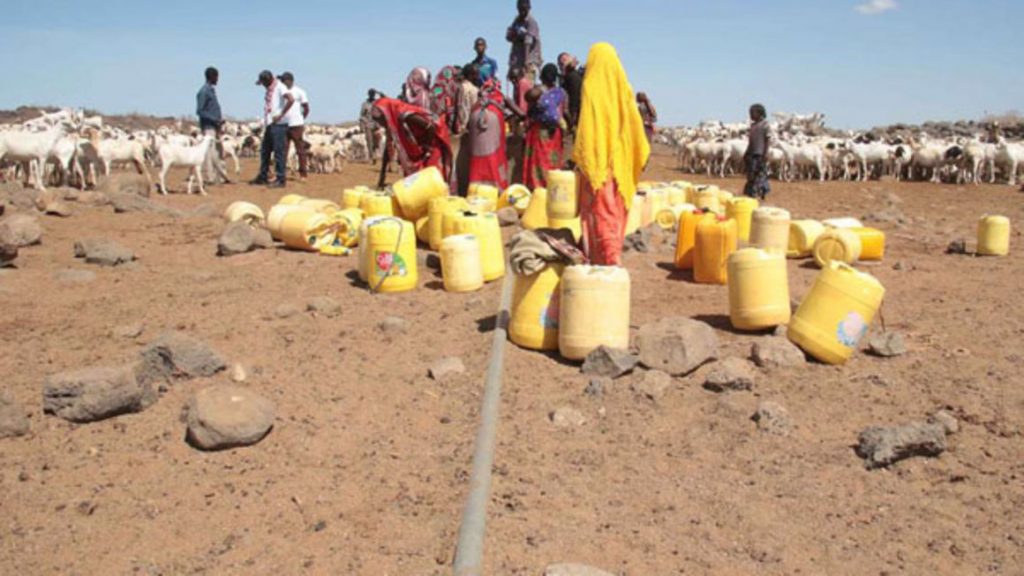The update collates data from the world’s top climate scientists and prediction systems followed by leading climate centres
Ahead of the ‘make or break’ UN COP26 summit, to be held in Glasgow in November this year, the World Meteorological Organization (WMO) published a new climate update that predicted a 40% chance of the annual average global temperature temporarily reaching 1.5°C above the pre-industrial levels in at least one of the next five years. These odds will only increase in the years to come, the WMO’s Global Annual to Decadal Climate Update, produced by the UK’s Met Office, stated.
“These are more than just statistics,” said WMO secretary-general Professor Petteri Taalas. “Increasing temperatures mean more melting ice, higher sea levels, more heatwaves and other extreme weather, and greater impacts on food security, health, the environment and sustainable development,” he said.
The update, however, stated it was unlikely that the five-year mean annual global temperature for the entire 2021-2025 period will be 1.5°C warmer than pre-industrial levels.
“As the WMO notes, this report makes an unarguable case that governments and businesses should urgently reduce emissions in the next few years, to keep the door to the Paris Agreement 1.5°C target open. Having individual years more than 1.5°C above the historical average wouldn’t mean the Paris target is breached, but this is an unmistakable warning sign that the door will close if governments make the wrong choices,” said Richard Black, senior associate at the Energy & Climate Intelligence Unit.
The update is consistent with the findings of the WMO’s report on the State of the Global Climate 2020, released in April, which stated the global average temperature in 2020 – one of the three warmest years on record – was 1.2°C above pre-industrial levels. Currently, 2016 is the warmest year on record. But the update predicted a 90% chance of at least one year between 2021 and 2025 taking over the dubious distinction.
The report also stated that in the same time period, high-latitude regions and the Sahel in Africa will be wetter and there is a strong likelihood of the Atlantic witnessing more tropical storms compared to the 1981-2010 average.
About The Author
You may also like
Win for small island states as top maritime court calls GHG emissions a form of marine pollution
Climate warming is altering food webs and carbon flow in high-latitude areas: Study
Rise in temperature leading to increased suicide rates in US, Mexico: Study
Seafood to lose nutritional value due to climate change: Study
14.5 million lives may be lost by 2050 due to climate change: WEF report


